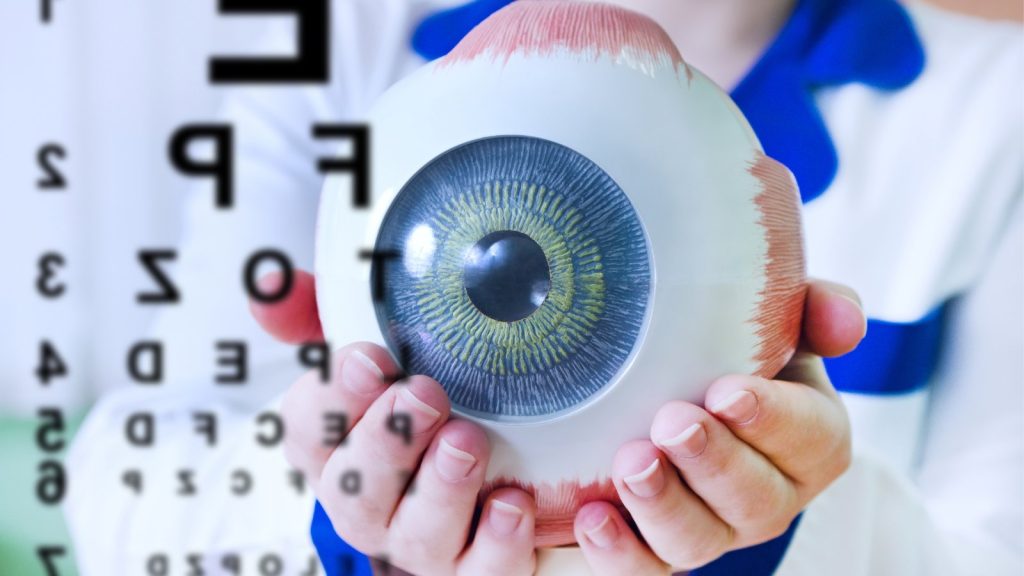Specialized Retina Service Near Me: Top-Notch Eye Treatment Professionals
Specialized Retina Service Near Me: Top-Notch Eye Treatment Professionals
Blog Article
The Duty of Advanced Diagnostic Tools in Identifying Eye Disorders
In the realm of ophthalmology, the use of advanced diagnostic devices has actually changed the very early identification and management of numerous eye disorders. As the demand for precise and timely medical diagnoses continues to expand, the assimilation of innovative devices like optical coherence tomography and visual field testing has ended up being indispensable in the realm of eye care.
Significance of Early Medical Diagnosis
Early medical diagnosis plays an essential role in the reliable management and therapy of eye conditions. By detecting eye problems at a very early stage, healthcare service providers can offer ideal treatment strategies tailored to the certain condition, inevitably leading to better end results for individuals.

Modern Technology for Discovering Glaucoma
Cutting-edge analysis technologies play an essential role in the very early discovery and surveillance of glaucoma, a leading source of irreparable blindness worldwide. One such innovation is optical coherence tomography (OCT), which offers thorough cross-sectional pictures of the retina, permitting the measurement of retinal nerve fiber layer thickness. This dimension is necessary in evaluating damage triggered by glaucoma. An additional advanced tool is aesthetic field testing, which maps the level of sensitivity of a patient's visual area, aiding to spot any kind of areas of vision loss attribute of glaucoma. In addition, tonometry is used to determine intraocular stress, a significant risk element for glaucoma. This examination is essential as raised intraocular pressure can lead to optic nerve damage. In addition, newer technologies like the use of man-made knowledge formulas in analyzing imaging data are showing appealing outcomes in the very early discovery of glaucoma. These sophisticated diagnostic tools allow ophthalmologists to identify glaucoma in its beginning, permitting timely intervention and better management of the disease to avoid vision loss.
Function of Optical Comprehensibility Tomography

OCT's ability to quantify retinal nerve fiber layer thickness enables accurate and objective measurements, assisting in the early detection of glaucoma also before aesthetic field issues emerge. Furthermore, OCT modern technology allows longitudinal surveillance of architectural changes over time, promoting customized therapy plans and prompt interventions to aid protect people' vision. The non-invasive nature of OCT imaging additionally makes it a recommended selection for keeping an eye on link glaucoma progression, as it can be repeated regularly without triggering discomfort to the patient. Generally, OCT plays a crucial function in boosting the analysis accuracy and administration of glaucoma, ultimately adding to much better end results for individuals in danger of vision loss.
Enhancing Medical Diagnosis With Visual Field Testing
A crucial component in comprehensive sensory evaluations, visual field testing plays a pivotal role in enhancing the diagnostic process for numerous eye disorders. By analyzing the full degree of a client's aesthetic field, this examination gives critical details regarding the useful honesty of the whole aesthetic pathway, from the retina to the visual cortex.
Aesthetic area testing is specifically valuable in the diagnosis and monitoring of conditions such as glaucoma, optic nerve problems, and different neurological diseases that can affect vision. With measurable measurements of outer and main vision, medical professionals can discover refined adjustments that may show the existence or development of these problems, also before visible signs and symptoms have a peek at this website happen.
Moreover, visual area screening enables the tracking of treatment efficacy, aiding ophthalmologists tailor therapeutic treatments to individual people. eyecare near me. By tracking changes in visual area performance with time, healthcare suppliers wikipedia reference can make educated decisions regarding readjusting drugs, advising surgical interventions, or applying various other appropriate steps to protect or enhance a person's visual function
Handling Macular Degeneration

Verdict
In conclusion, progressed analysis devices play a critical function in identifying eye problems early on. Technologies such as Optical Comprehensibility Tomography and visual field testing have significantly enhanced the precision and performance of detecting conditions like glaucoma and macular degeneration.
Report this page